Perovskia Solar has won more than ten leading companies from the Internet of Things (IoT) industry as customers and received over two million Swiss francs in seed capital. The multi-award-winning Empa spin-off prints customized solar cells for almost any electronic device. These can be produced cost-effectively – and even work indoors.
Tag: Solar Cells
Perovskite solar cells: tackling stability and environmental impacts for a greener future
Solar energy’s quest for sustainability gets a boost as researchers tackle the lifecycle of perovskite solar cells (PSCs).
Study unlocks nanoscale secrets for designing next-generation solar cells
The work will help researchers tune surface properties of perovskites, a promising alternative and supplement to silicon, for more efficient photovoltaics.
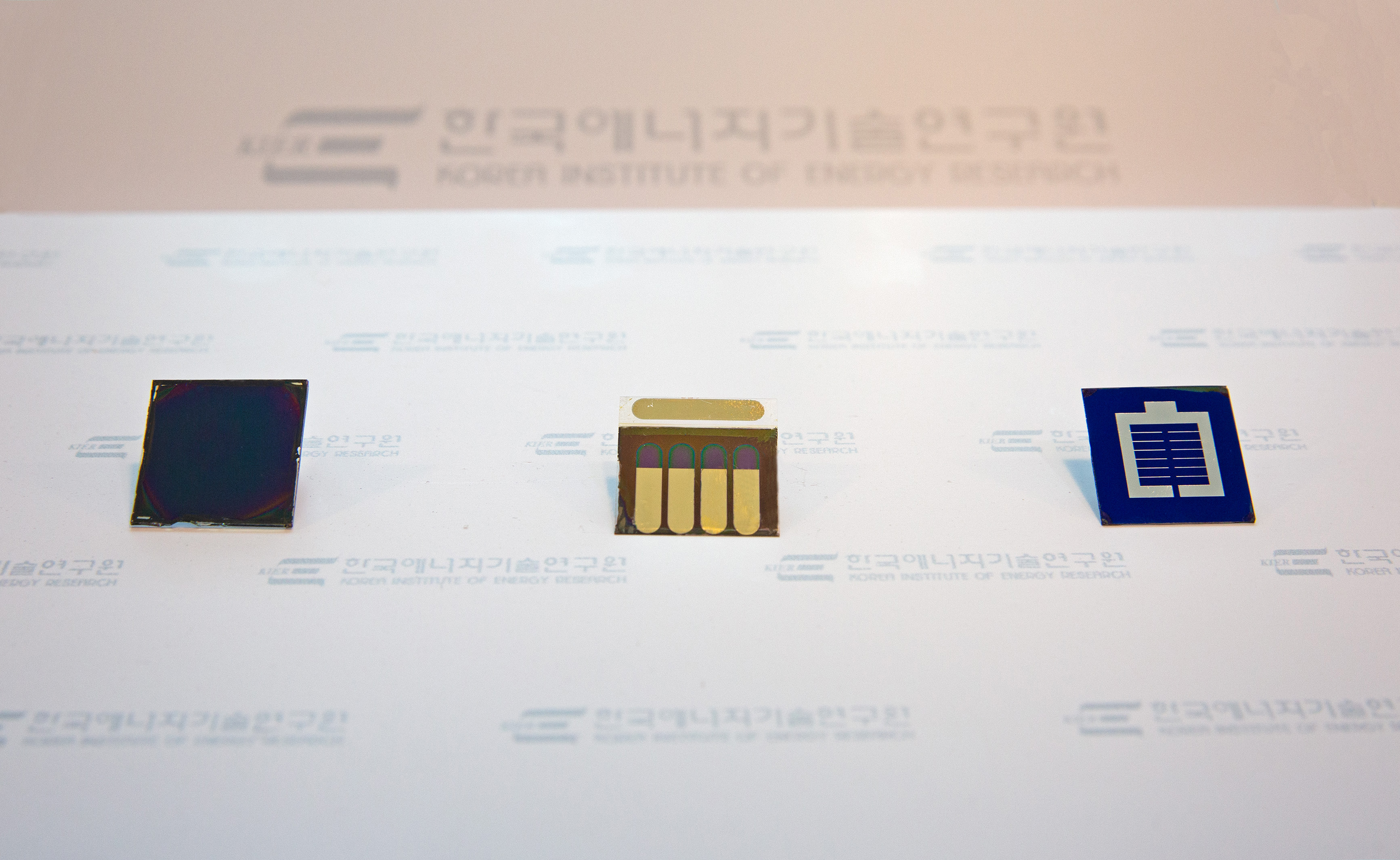
KIER’s Success in the Development of the World’s Top-level Semi-transparent Perovskite Solar Cells.
KIER has achieved advancements in the stability and efficiency of semi-transparent perovskite solar cells.
Perovskite solar cells invented by NUS scientists set new world record for power conversion efficiency
Perovskite solar cells designed by a team of scientists from the National University of Singapore have attained a world record efficiency of 24.35% with an active area of 1 cm2. This achievement paves the way for cheaper, more efficient and durable solar cells.
Attention! Here comes a charge
Solar cells are considered to be an environmentally friendly source of power generation that can effectively reduce the impact of pollution on the environment.
New findings pave the way for stable organic solar cells that may enable cheap and renewable electricity generation
Due to the recent improvements in the efficiency with which solar cells made from organic (carbon-based) semiconductors can convert sunlight into electricity, improving the long-term stability of these photovoltaic devices is becoming an increasingly important topic.

Cooling Down Solar Cells, Naturally
Too much sun and too much heat can reduce the efficiency of photovoltaics. A solar farm with optimally spaced panels facing the correct direction could cool itself through convection using the surrounding wind. Researchers explored how to exploit the geometry of solar farms to enhance natural cooling mechanisms.
Casting Shadows on Solar Cells Connected in Series
Even small objects, such as dust and leaves, can block sunlight from reaching solar cells, and understanding how the loss of incoming radiation affects power output is essential for optimizing photovoltaic technology. In the Journal of Renewable and Sustainable Energy, researchers explore how different shade conditions impact performance of single solar cells and two-cell systems connected in series and parallel. They found that the decrease in output current of a single cell or two cells connected in parallel was nearly identical to the ratio of shade to sunlight. However, for two cells running in series, there was excess power loss.
Measuring Photovoltaic Performance Indoors
As photovoltaic technology continues to progress, PV devices’ applications in harvesting energy from indoor ambient light have become more realistic. Some combinations of PV material and light source can be more efficient in converting power than the same material under solar illumination, and a better understanding of these relationships is needed to fully characterize the behavior of solar cells under very low illumination conditions.
MEDIA ADVISORY: AIP Publishing Hosts Expert Sessions on Energy Storage and Conversion at Virtual Conference
Twelve distinguished speakers will be covering critical topics impacting energy storage and conversion at the upcoming AIP Publishing Horizons Virtual Conference on Aug. 4-6. The three-day event is organized by the journal Applied Physics Reviews and brings together leaders in the field of energy science to present their latest research in six sessions
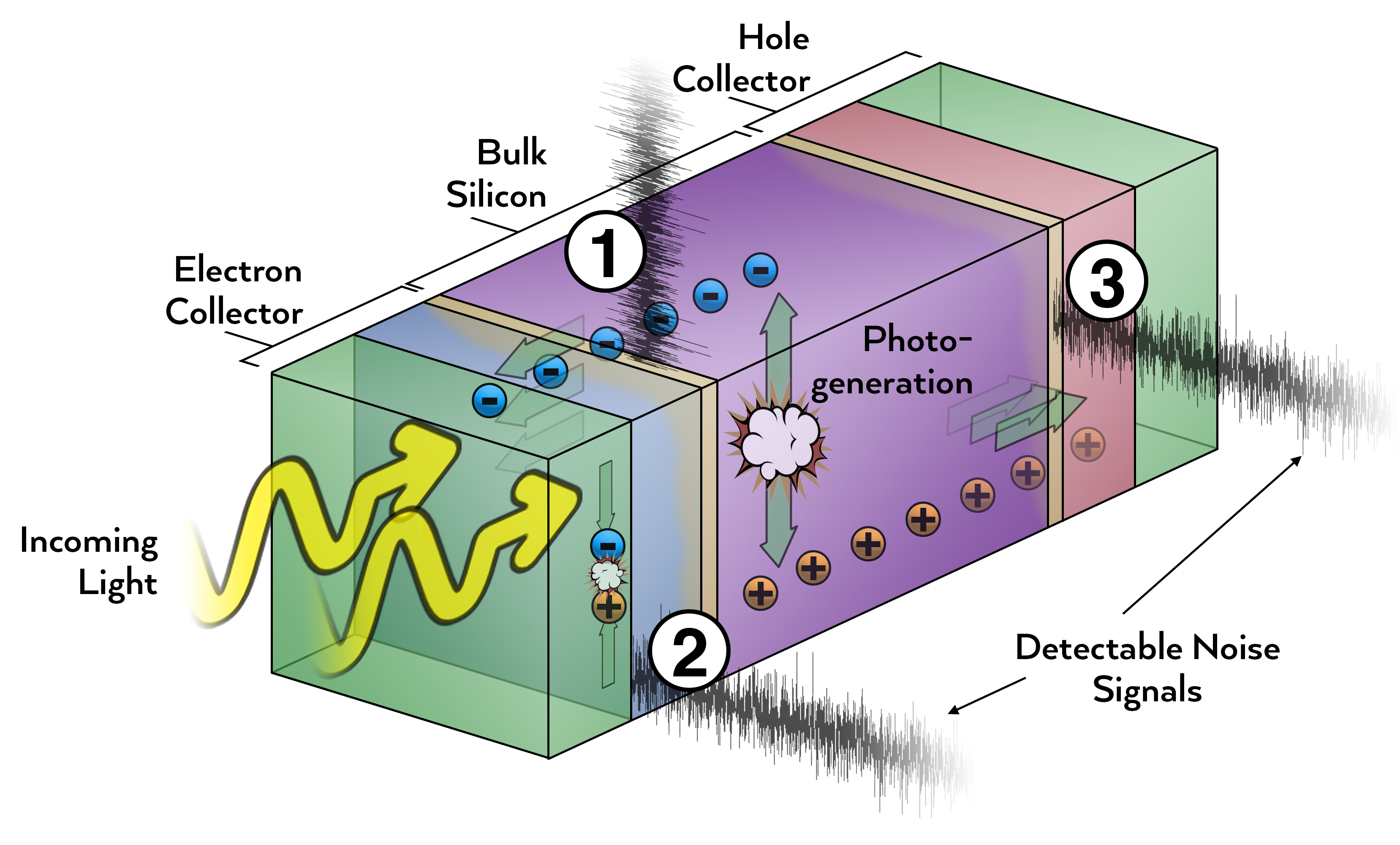
Cutting through noise for better solar cells
Physicists used cross-correlation noise spectroscopy to measure miniscule fluctuations in electrical current flowing between materials inside silicon solar cells. They identified crucial signals that are invisible to conventional methods, and pinpointed the likely physical processes causing the noise.
Save The Date: AIP Publishing Horizons Meeting Examines Energy Storage and Conversion
Energy conversion and storage is a critical part of modern society as applications continue to develop at a rapid pace. At the 2021 AIP Publishing Horizons Virtual Conference, researchers will unveil and discuss the latest advances in energy science and how the field will change over the next decades. In addition to speaker sessions, a poster program will provide a wide view of the exciting research going on now by scientists around the world.

New perovskite fabrication method for solar cells paves way to large-scale production
A new, simpler solution process for fabricating stable perovskite solar cells overcomes the key bottleneck to large-scale production and commercialization of this promising renewable-energy technology, which has remained tantalizingly out of reach for more than a decade.
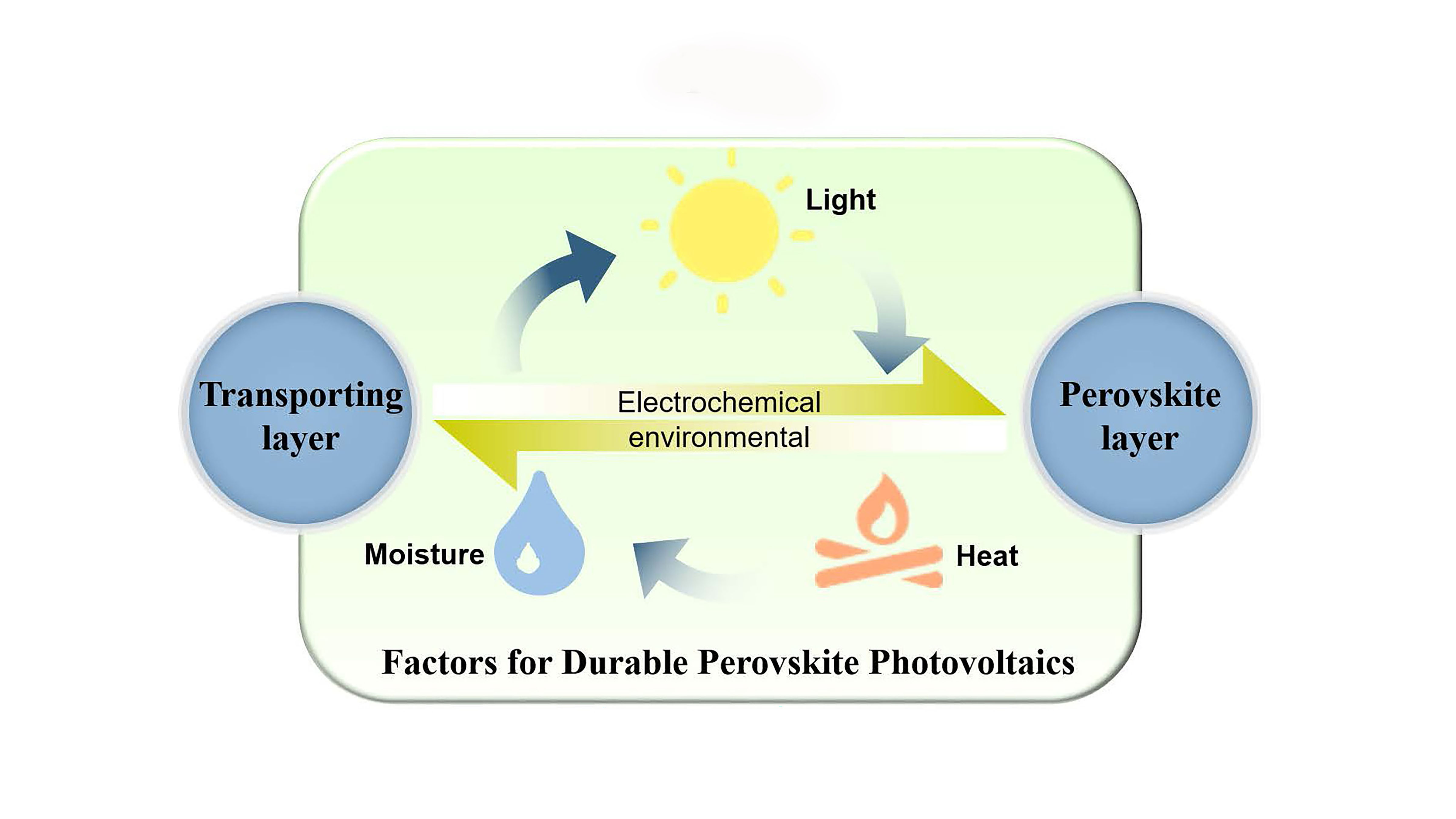
Promising Strategies for Durable Perovskite Solar Cells
Perovskite materials are increasingly popular as the active layer in solar cells, but internal forces in these materials cause distortions in their crystal structures, reducing symmetry and contributing to their intrinsic instability. Researchers at Soochow University examined the mechanisms at play, as well as several degradation factors that influence the performance of perovskite photovoltaics. In APL Materials, they clarified the factors influencing the degradation and they summarized some feasible approaches for durable perovskite photovoltaics.
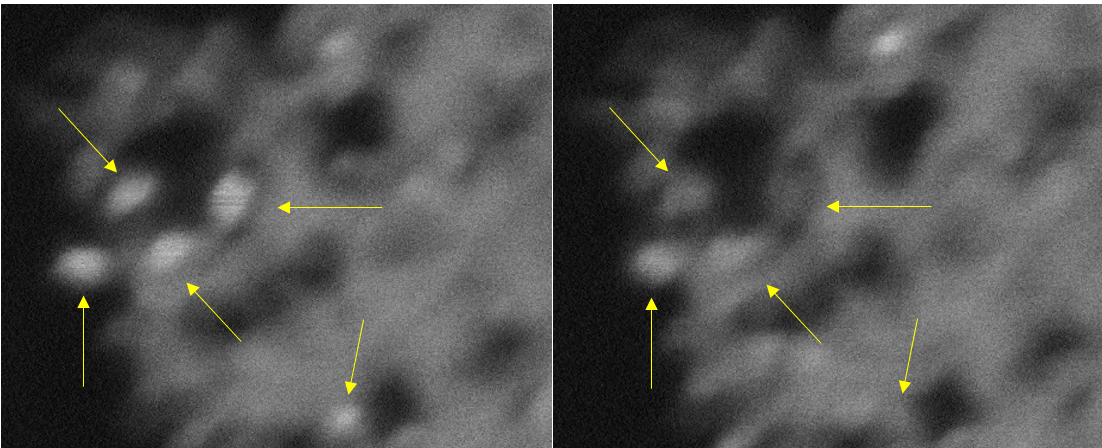
‘Blinking” Crystals May Convert CO2 into Fuels
Imagine tiny crystals that “blink” like fireflies and can convert carbon dioxide, a key cause of climate change, into fuels. A Rutgers-led team has created ultra-small titanium dioxide crystals that exhibit unusual “blinking” behavior and may help to produce methane and other fuels, according to a study in the journal Angewandte Chemie. The crystals, also known as nanoparticles, stay charged for a long time and could benefit efforts to develop quantum computers.

At the Interface of Organic Chemistry and Nanotechnology with Adam Braunschweig
Adam Braunschweig—a CUNY ASRC associate professor—is a user at Brookhaven Lab’s Center for Functional Nanomaterials (CFN) studying how molecules in organic semiconductor thin films pack together.
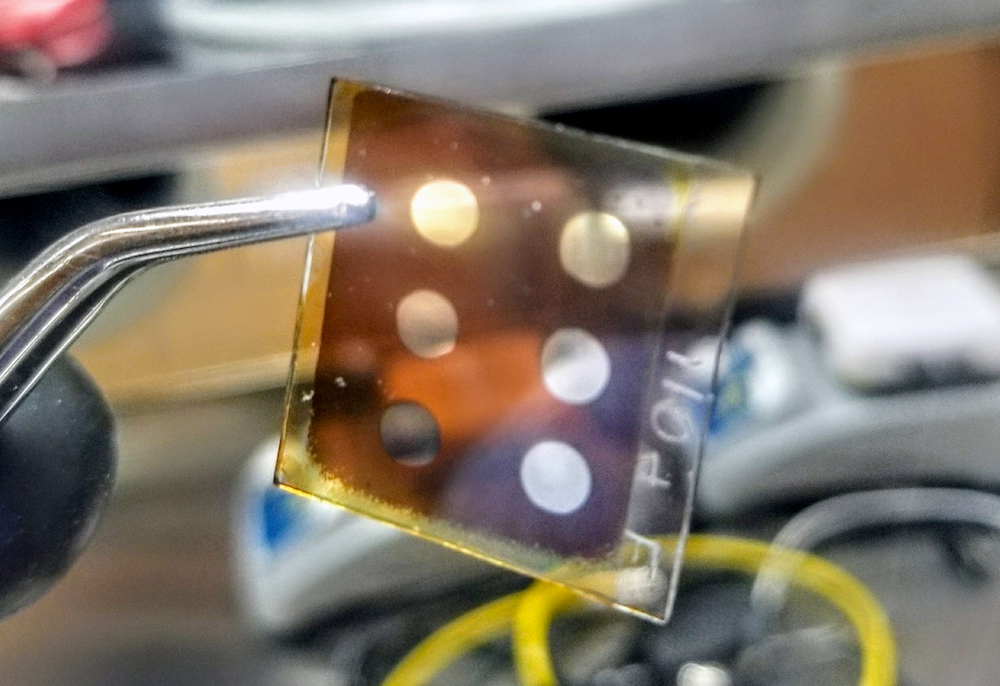
Engineers demonstrate next-generation solar cells can take the heat, maintain efficiency
Iowa State engineers have developed a next-generation solar cell that takes advantage of the promising elctro-optical properties of perovskite materials.
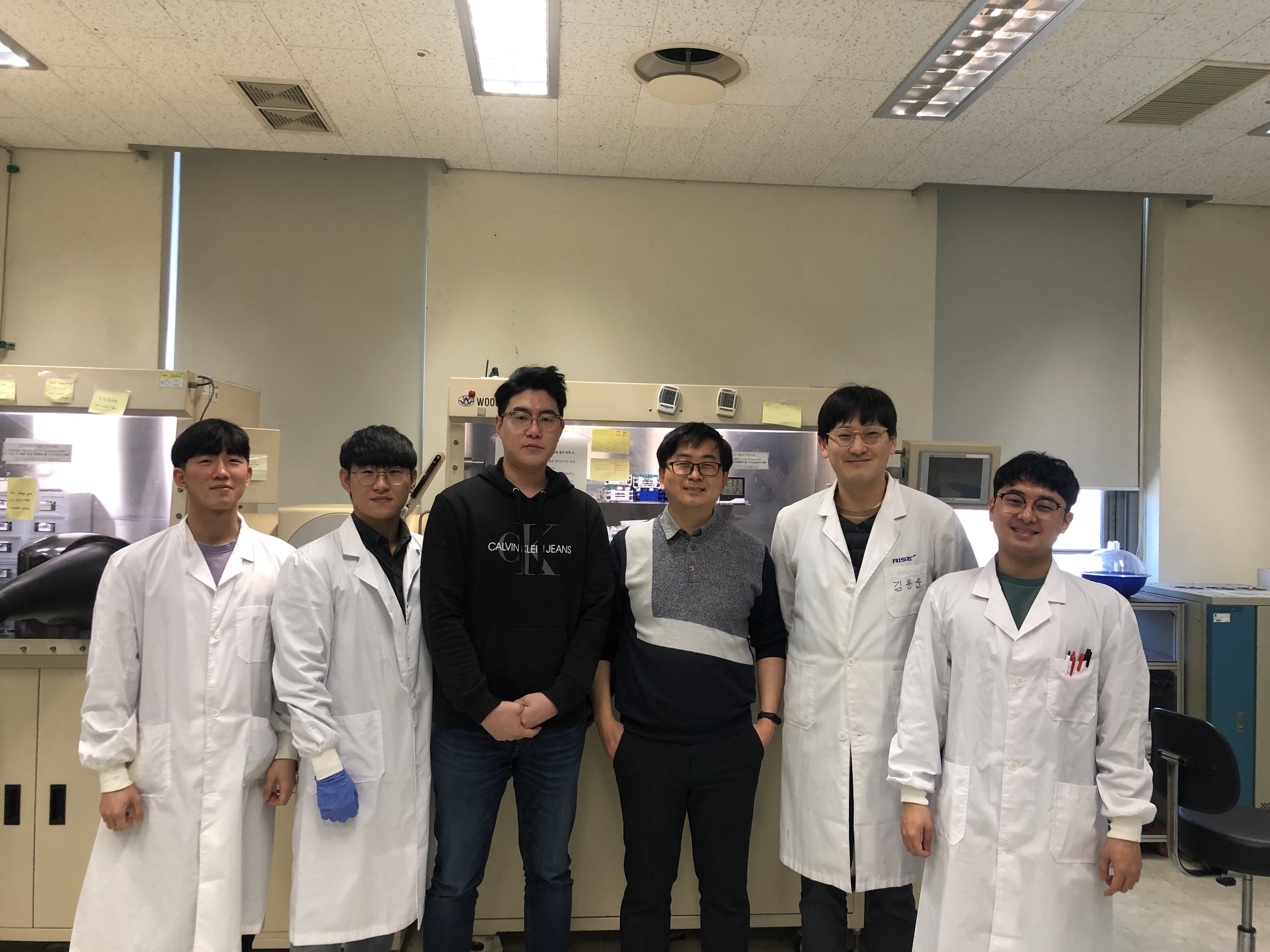
Stabilizing High-Efficiency Solar Cells
A new processing method helps the devices maintain their initial efficiency over time under continuous exposure to light or heat.

A Great New Way to Paint 3D-Printed Objects
Rutgers engineers have created a highly effective way to paint complex 3D-printed objects, such as lightweight frames for aircraft and biomedical stents, that could save manufacturers time and money and provide new opportunities to create “smart skins” for printed parts. The findings are published in the journal ACS Applied Materials & Interfaces.
Environment-Friendly Compound Shows Promise for Solar Cell Use
In research published today in Advanced Functional Materials, a team of engineers, material scientists, and physicists demonstrated how a new material — a lead-free chalcogenide perovskite — that hadn’t previously been considered for use in solar cells could provide a safer and more effective option than others that are commonly considered.

Novel Solar Cells Arrive at International Space Station for Testing
Five different types of solar cells fabricated by research teams at the Georgia Institute of Technology have arrived at the International Space Station (ISS) to be tested for their power conversion rate and ability to operate in the harsh space environment as part of the MISSE-12 mission.
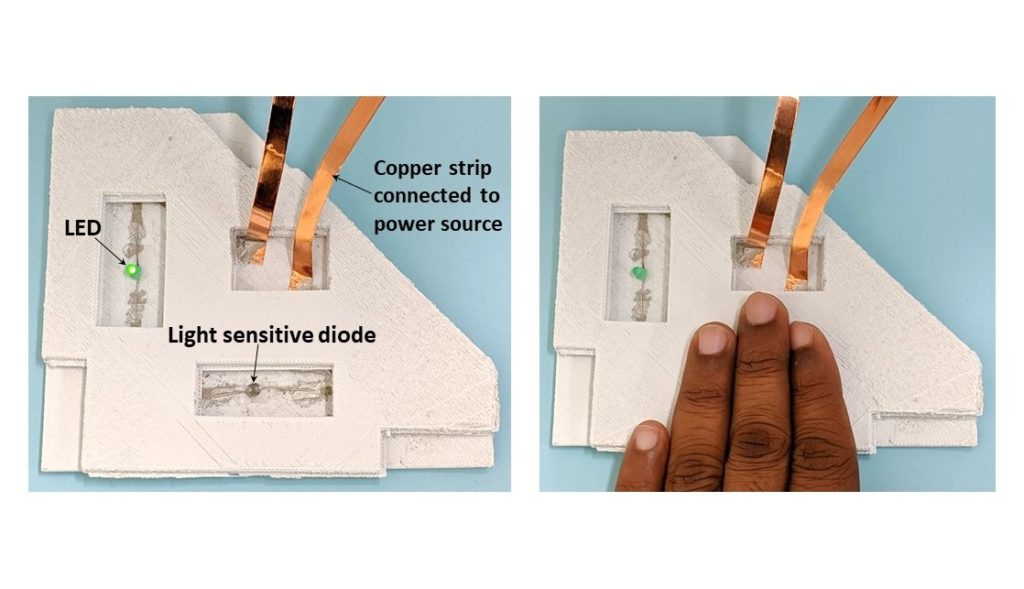
3D-Printed Plastics With High Performance Electrical Circuits
Rutgers engineers have embedded high performance electrical circuits inside 3D-printed plastics, which could lead to smaller and versatile drones and better-performing small satellites, biomedical implants and smart structures. They used pulses of high-energy light to fuse tiny silver wires, resulting in circuits that conduct 10 times more electricity than the state of the art, according to a study in the journal Additive Manufacturing. By increasing conductivity 10-fold, the engineers can reduce energy use, extend the life of devices and increase their performance.
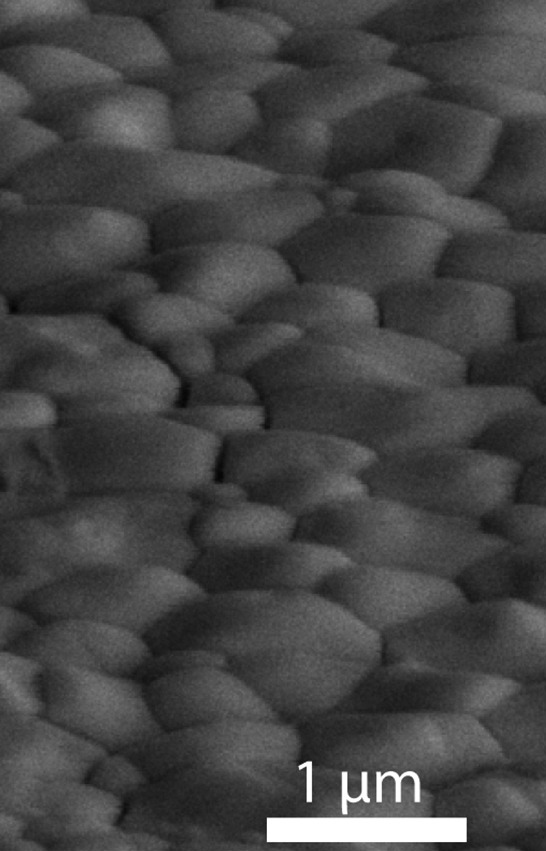
New technique lets researchers map strain in next-gen solar cells
Researchers can now map strain in lead halide perovskite solar cells. Their approach shows that misorientation between perovskite crystals is the primary contributor to the buildup of strain within the solar cell, creating defects in grain structure, interrupting electron transport and causing heat loss.